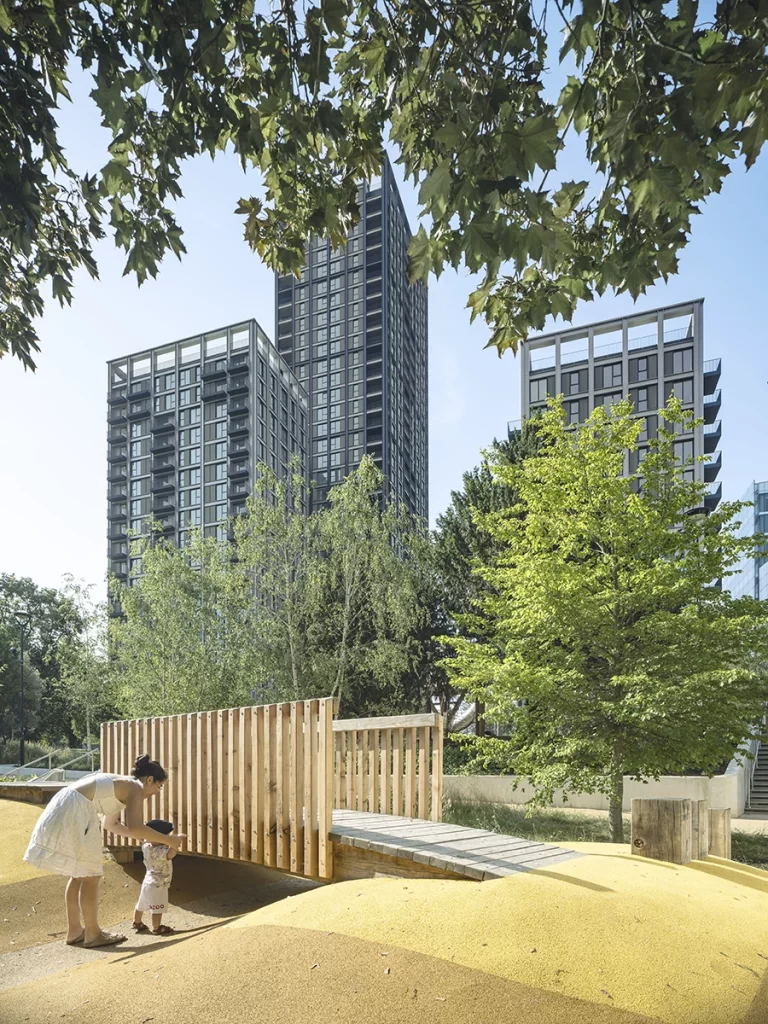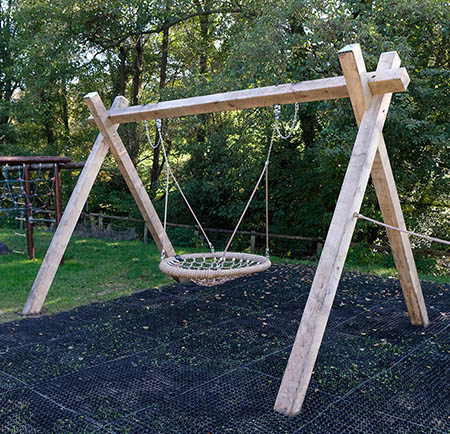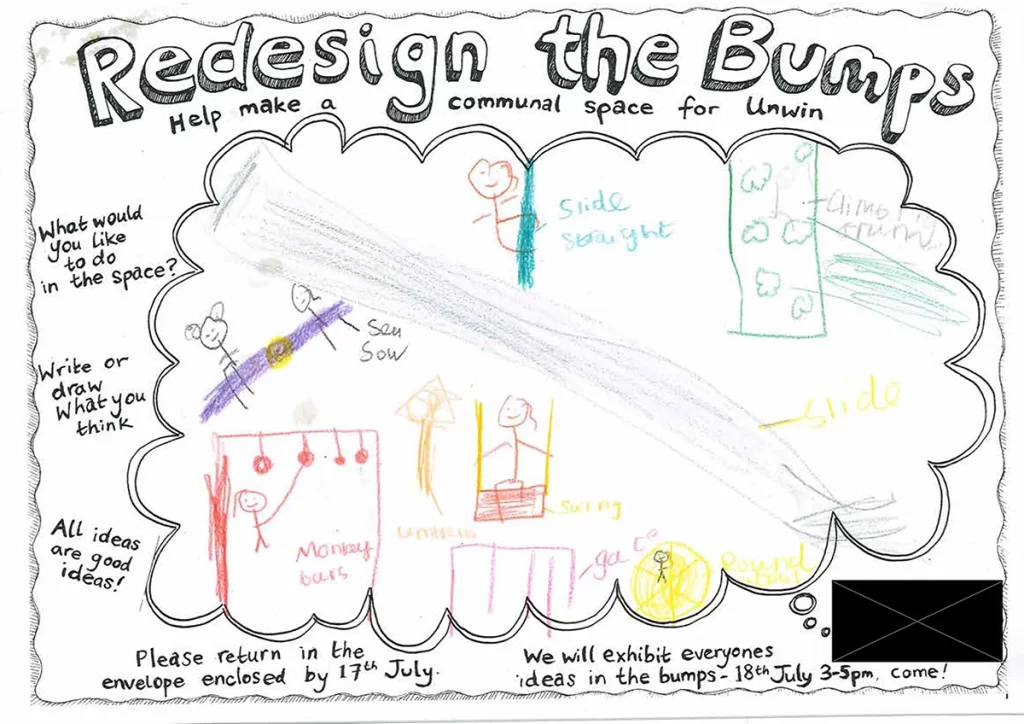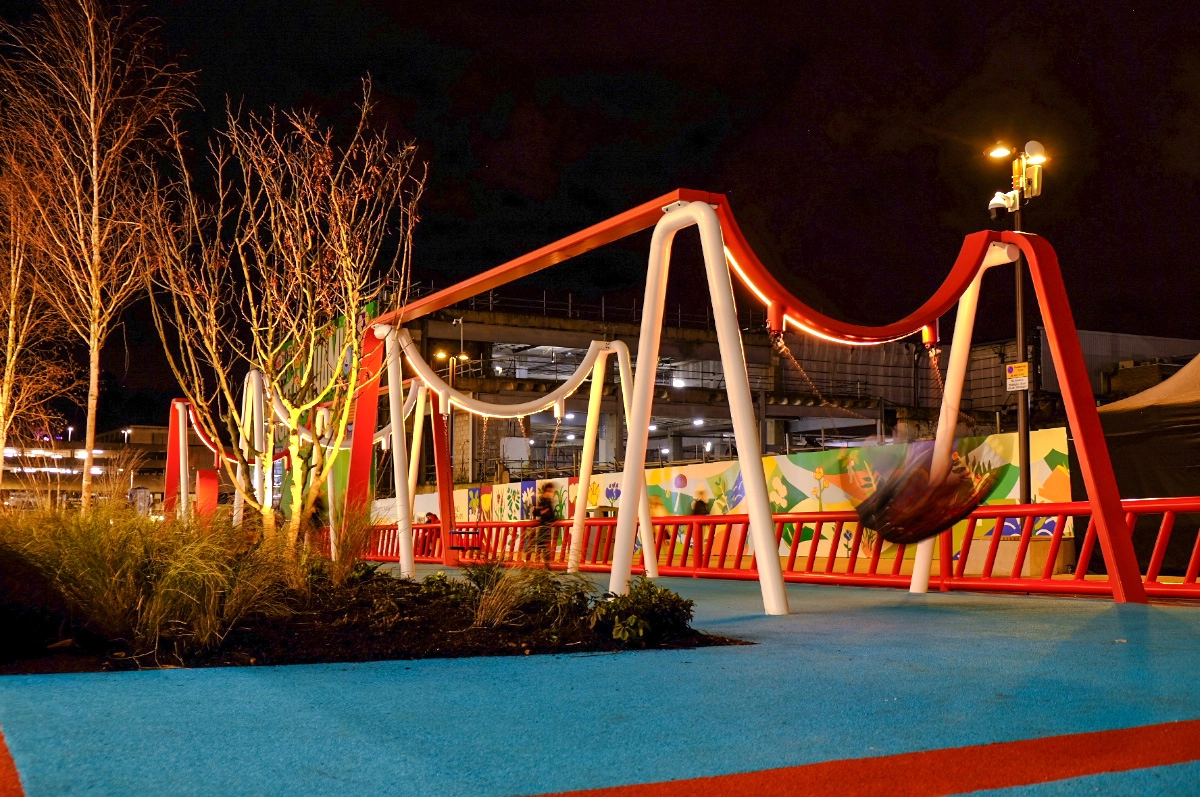Playgrounds have long been a cornerstone of childhood, offering spaces for physical activity, social interaction, and imaginative play. However, as children’s needs evolve, playgrounds must adapt to provide richer, more engaging experiences. However, many traditional playgrounds no longer meet the needs of today’s children. While fixed, catalogue-style equipment remains valuable in playgrounds, it can sometimes feel limited in fostering the level of engagement that modern children require. Swings and monkey bars, for example, offer great social and physical benefits, but combining traditional elements with more imaginative, flexible designs ensures a richer, more dynamic play experience. In contrast, PlayEquip’s site-specific, community-driven designs offer a new approach to playgrounds—one that prioritises inclusivity, creativity, and meaningful play experiences.

Th

e Changing Needs of Modern Children
Children today face a variety of challenges that were less prevalent for previous generations, such as increased screen time, limited access to outdoor spaces, and highly structured daily routines. These factors have significantly reduced opportunities for unstructured, imaginative play, making it crucial for playgrounds to offer dynamic and engaging spaces. Traditional playgrounds—while valuable for their simplicity and reliability—play an important role in fostering physical and social development. Swings offer fantastic social benefits and enjoyment, while monkey bars provide excellent upper body strength development—an activity often lacking in children
‘s daily lives. However, modern playgrounds also need to incorporate more diverse and creative play options to meet evolving needs. Traditional playground equipment like swings and monkey bars remains essential, offering both enjoyment and developmental benefits. Modern playgrounds, however, should complement these elements with more adaptive designs that foster exploration and creativity.
What modern children need are playgrounds that foster free play, encourage exploration, and provide age-appropriate challenges. These spaces should inspire children to use their imaginations, take safe risks, and build social connections with their peers.
Why Traditional Playgrounds Are Falling Short
- Lack of Imaginative Play
Traditional playgrounds often feature fixed equipment that limits imaginative play. While slides and other traditional equipment have a clear function, they offer limited opportunities for reinterpretation or creativity compared to more open-ended designs. In contrast, site-specific designs create open-ended structures that children can reimagine during each visit. A sculptural looking climbing frame can become a pirate ship one day and a castle the next, offering endless possibilities for imaginative play. - Lack of Challenge
Many traditional playgrounds have become overly risk-averse, removing elements that challenge children physically and mentally. However, children benefit from taking safe risks. PlayEquip’s designs incorporate challenges that encourage problem-solving, resilience, and confidence-building—all while ensuring safety through thoughtful engineering and compliance with safety standards. - Poor Use of Space
In urban environments, space is at a premium. Traditional playgrounds often fail to maximise the available footprint, resulting in underutilised areas. PlayEquip’s site-specific designs make the most of every possible inch, creating multi-use structures that serve both the immediate and long-term needs of the community.
The Importance of Community Consultation
One of the key aspects of PlayEquip’s approach is consultation with local communities during the design process. Every space and community is unique, and understanding the specific local needs is essential for creating a successful play space. This consultation process ensures that the playground not only reflects the identity of the community but also meets the specific requirements of its users.

Inclusivity Beyond Box-Ticking
Inclusivity is a vital consideration in modern playground design, but too often it becomes a box-ticking exercise. Traditional playgrounds may include an accessible swing or a ramp but fail to consider the deeper needs of children with disabilities.
At PlayEquip, we go beyond basic compliance by working closely with disability rights campaigner Justin Levene. His insights have helped us better understand how to design playgrounds that truly cater to users with disabilities. By incorporating features that genuinely promote inclusivity and accessibility at every stage of the design, we ensure that all children—regardless of ability—can enjoy meaningful play experiences.
Designing for Social Interaction and Community Building
Modern playgrounds must do more than provide a place to play; they should also serve as community hubs that promote social interaction and community-building. PlayEquip’s site-specific playgrounds are designed to encourage collaborative play and create spaces where children and families can connect.
By focusing on the specific needs of each community and incorporating inclusive design principles, PlayEquip ensures that its playgrounds are loved and well-used by the people they serve. Current drivers in these considerations also include “make Space or Girls’This thoughtful, holistic approach is what sets PlayEquip apart from traditional playground manufacturers.
The Future of Playground Design
The playground industry is at a turning point. Traditional, catalogue-style playgrounds are no longer sufficient to meet the evolving needs of modern children. The future lies in adaptive, community-driven designs that prioritise creativity, inclusivity, and meaningful play experiences.
At PlayEquip, we are proud to lead this change. By working closely with local communities and incorporating feedback from experts like Justin Levene, we create playgrounds that inspire, challenge, and bring people together. Our designs go beyond simply meeting safety standards—they help shape healthier, happier communities for generations to come.



